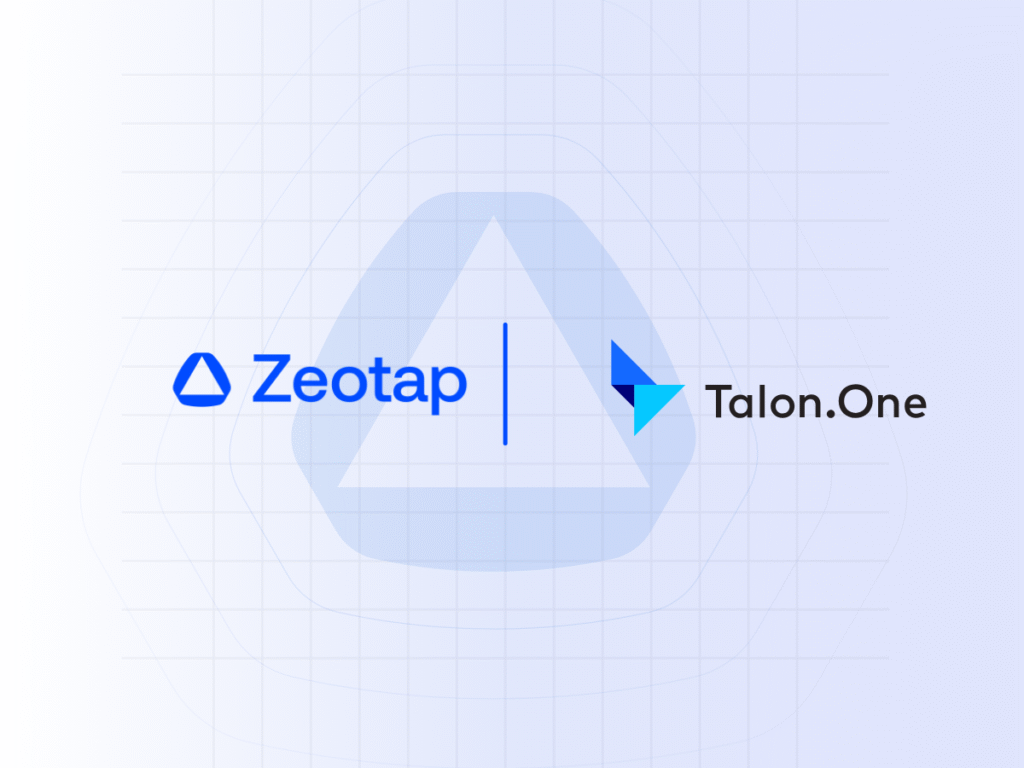
Over the last few years, the digital marketing industry has doubled-down on data-driven strategies to navigate away from early-era static ads and clunky online shopping experiences. Collectively, we’ve pushed to innovate based on rapidly evolving consumer preferences.
Today, consumers expect more personalisation, fresh engaging content, and quick gratification cycles. Because of this, retailers are constantly looking for new approaches to deliver the experiences audiences crave. Retail Media stands as a very effective and impactful marketing strategy for this. In fact, a report from IAB Europe forecasts Retail Media to grow by 47% in 2025.
All this market attention and growth leads to emerging inventory options within the vertical – and one of the fastest growing segments is Shoppable Content. Insider Intelligence found that 57% of ad agency professionals believe shoppable video content will be the next frontier for retail media.
Here, we delve deeper into this emerging trend in Retail Media and how a CDP can drive results. Let’s begin by gaining a better understanding of what shoppable content is and how it can be utilised to drive sales.
What is shoppable content?
Shoppable content refers to digital content, typically images, videos, or articles, that allow viewers to directly purchase the featured products or services without leaving the content platform. It seamlessly integrates product information and purchasing options into the content. Here are several common forms of shoppable content:
- Shoppable Images: Static images, often featured in online catalogues, social media posts, or websites, where viewers can click on specific items within the image to view product details and make a purchase.
- Shoppable Videos: Videos that feature clickable links or interactive overlays that enable viewers to shop directly from the video. For example, a fashion brand might create a video lookbook where audiences can click on items of clothing to purchase.
- Shoppable Articles: Articles or blog posts that include embedded links or buttons allowing readers to shop the products mentioned in the content. For instance, a beauty blog might include links to purchase the skincare products recommended in a review.
- Shoppable Social Media Posts: Many social media platforms offer shoppable features, allowing brands to tag products in their posts. Users can then click on these tags to learn more about the products and make purchases without leaving the platform. This creates a more convenient and frictionless shopping experience for consumers.
Where might consumers find shoppable ads?
Shoppable content is not limited to social media platforms. While social media plays a significant role in the proliferation of shoppable content, it can occur across various digital channels and even traditional media formats. Here are some examples:
- Brand Websites: Many e-commerce websites incorporate shoppable content into their product pages, allowing visitors to click on images or product descriptions to make purchases directly.
- Email Marketing: Retailers often include shoppable links or buttons in their email campaigns, enabling recipients to shop featured products directly from their inbox.
- Blogs and Articles: Content creators may embed shoppable links within their blog posts or articles, allowing readers to purchase products mentioned in the content.
- Mobile Apps: Retailers with mobile apps can integrate shoppable features, allowing users to shop products seamlessly while browsing through the app.
- Digital magazines and Publications: Publishers may incorporate shoppable elements into their digital magazines or publications, enabling readers to shop featured products without leaving the publication.
- Augmented Reality (AR) and Virtual Reality (VR): Emerging technologies like AR and VR can also facilitate shoppable experiences, allowing users to virtually try on products or visualize them in their real-world environments before making a purchase.
Shoppable content and Customer Data Platforms in Retail Media
If shoppable content is a part of your Retail Media strategy, here’s an overview of how to leverage a CDP to enhance the effectiveness of your campaign and boost conversions:
- Personalisation: CDPs gather and unify data from various sources, including online and offline interactions, purchase history, browsing behaviour, and demographic information. By leveraging this comprehensive view of each customer, retailers can personalise shoppable content to align with individual preferences and interests. For example, a CDP can analyse a customer’s past purchases and browsing behaviour to recommend relevant products within shoppable content, increasing the likelihood of conversion
- Targeted Campaigns: CDPs enable retailers to segment their audience based on specific criteria, such as demographics, behaviour, or purchase history. Retailers can then use this segmentation to tailor shoppable content to different audience segments, ensuring that each customer receives relevant product recommendations and offers.
- Omnichannel Integration: CDPs facilitate seamless integration across various digital channels and touchpoints. This means that retailers can deliver consistent shoppable experiences across websites, mobile apps, social media platforms, email campaigns, and more. For example, a customer who adds a product to their cart while browsing shoppable content on a retailer’s website can receive personalised follow-up recommendations via email or targeted ads on social media, all powered by data collected and managed within the CDP.
- Real-time Optimisation: CDPs provide real-time insights into customer behaviour and preferences, allowing retailers to optimise shoppable content on the fly. For example, if a particular product is generating high engagement but low conversion rates, retailers can adjust the content or messaging in real-time to improve performance and drive sales.
- Attribution and Measurement: CDPs enable retailers to track and measure the effectiveness of shoppable content across the entire customer journey. By attributing conversions back to specific interactions with shoppable content, retailers can gain valuable insights into which content and channels are driving the most sales, allowing them to refine their strategies and allocate resources more effectively.
Foster Loyalty and enhance retention with authenticity
Not only does shoppable content enable retailers to tell better stories, optimise product discovery, and drive conversions – it provides new ways to meet consumers’ expectations around authenticity. A report from Stackla found that 88% of consumers say authenticity is important when deciding which brands they like and support (with 50% saying it’s very important). Additionally, 83% of consumers believe retailers need to provide more authentic shopping experiences.
Shoppable content provides another much needed avenue for real-time engagement. This immediacy fosters authenticity as consumers can witness product demonstrations, and can ask questions and receive responses in real-time. The outcomes of these engagements enable the CDP to provide optimisations around messaging, positioning, and creative assets – helping retailers deliver experiences that further build trust. For example, a skincare brand retailer could host a live stream event across their social media platforms. During the session, an expert chrome the company can showcase a specific product, demonstrating how to use it, answer any questions from viewers and provide personalised product tips.
The brand can then log all interactions and adjust their messaging in real-time. This helps build community and brand loyalty. That said, for brand retailers to deliver such levels of authenticity, they need to manage all the data assets effectively. Not just collecting the data, but unifying it to develop a true 360-degree view of each customer. However, brands must only utilise customer data in compliant ways, ensuring their strategies are aligned with data privacy regulations like GDPR. For more info on this, see our additional resources on how retailers can leverage their first-party data while abiding by current and evolving regulations.
Conclusion
In a world where consumers demand engaging content and immediate gratification, retail media is undergoing a metamorphosis, evolving beyond traditional advertising formats. As shoppable content takes centre stage, retailers and brands that leverage CDPs gain a significant edge. By creating personalised, engaging content with targeted product recommendations, retailers can forge deeper connections with customers, drive sales, and stay ahead of the curve in the ever-evolving digital marketing landscape.





